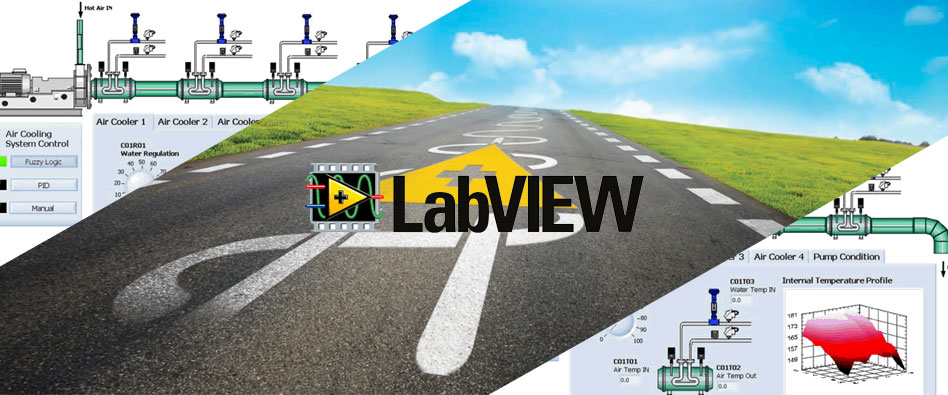
LabVIEW Training

LabVIEW Training
LabVIEW (short for Laboratory Virtual Instrumentation Engineering Workbench ) is a platform and development environment for a visual programming language from National Instruments. Scientists and researchers around the world have applied LabVIEW successfully for research and development (R&D) in academia. LabVIEW, is used to build virtual instrumentation and take an effective graphical system design approach.
LabVIEW is a proven integrated development environment for interfacing with measurement and control hardware, analyzing data, publishing results, and distributing systems using a graphical programming approach.
Virtual Instrumentation has revolutionized the instrumentation field by bringing in immense customizing abilities to the engineer, thereby driving down his costs and time consumption. LabVIEW from National Instruments has always remained a fore runner in this field.
LabVIEW is a graphical programming environment used to develop complex measurement, test, and control systems using graphical icons and wires that resemble a flowchart. It offers unparalleled integration with numerous hardware devices and provides a large number of built-in libraries for advanced analysis and data visualization – all for creating virtual instrumentation.
Realizing the potential of LabVIEW, with its experience across multiple domains like marine, oil&gas and industrial automation, SMEC Automation is focused on creating awareness on it, among the young engineers and diploma holders across the nation. This indeed is great news for all BTech/ BE graduates and students, as it will help them take the plunge in to the domain, taking them right through to the midst of the most happening industry.
The Free LabVIEW Training Program from SMEClabs is currently available at our training facility in Kochi, Kerala, India.